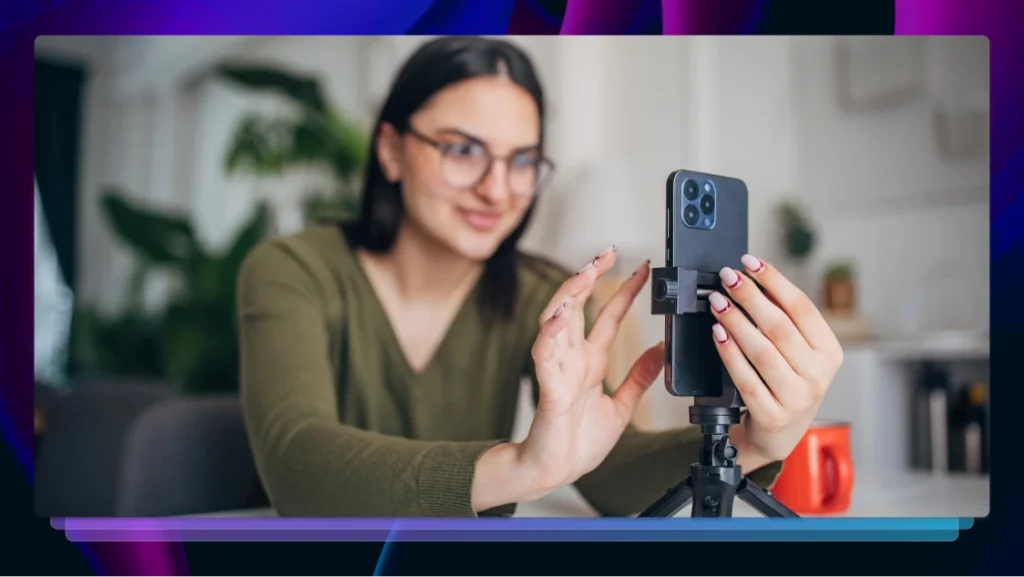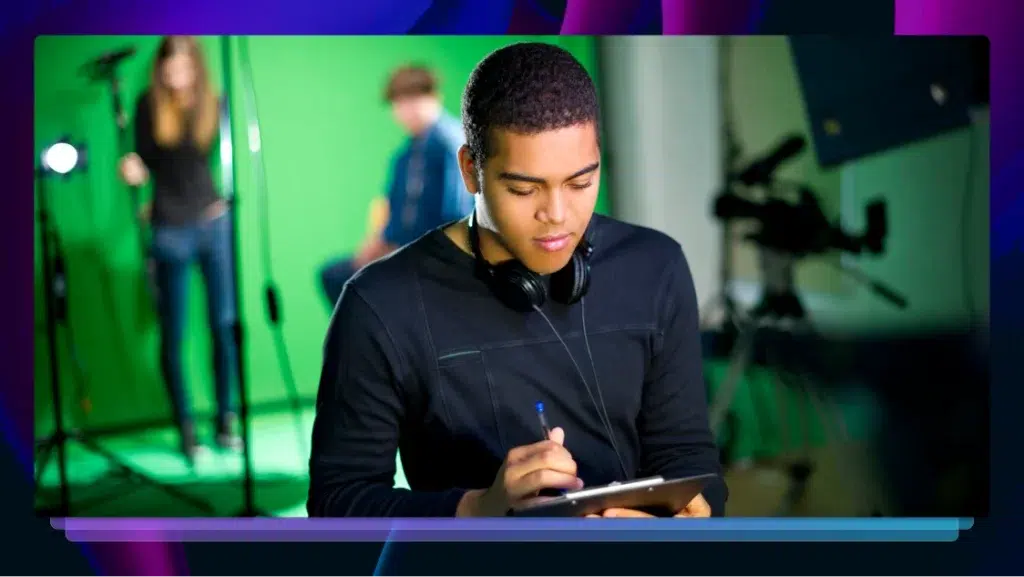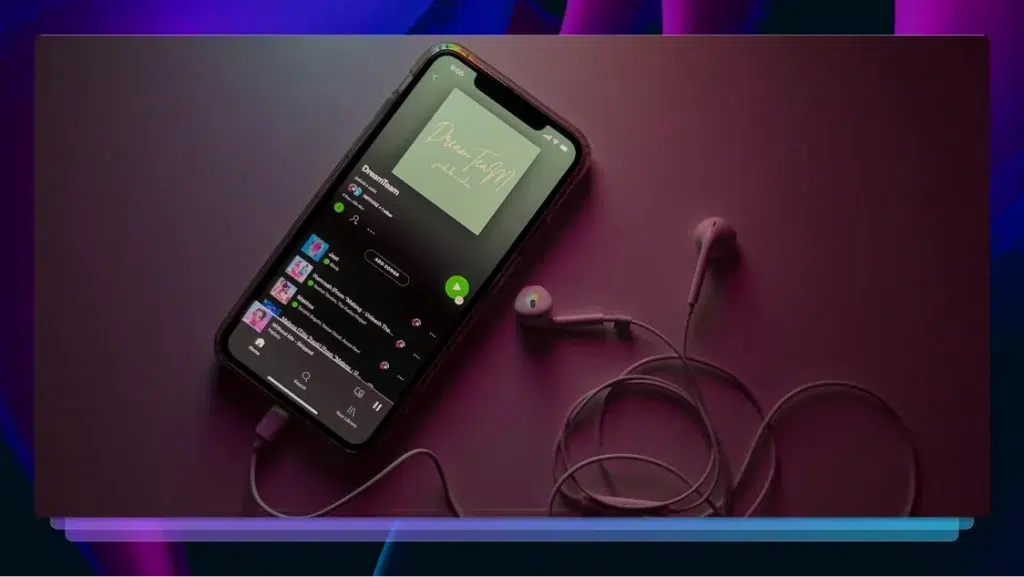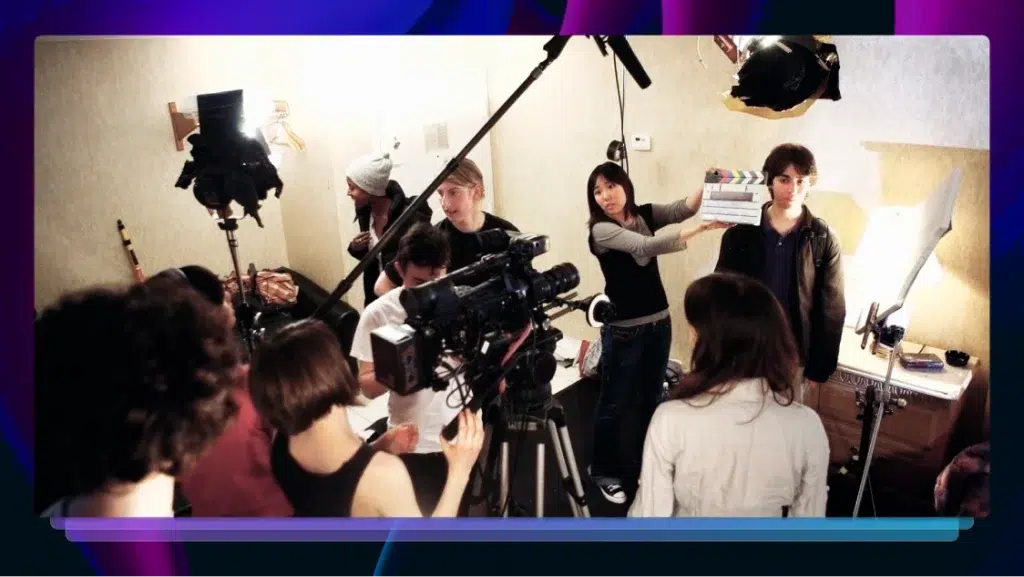4 Creative Ways To Improve Your Documentary Distribution Strategy
When planning your documentary distribution strategy, consider using transcription to create your synopsis, movie trailer, advertising, and materials.
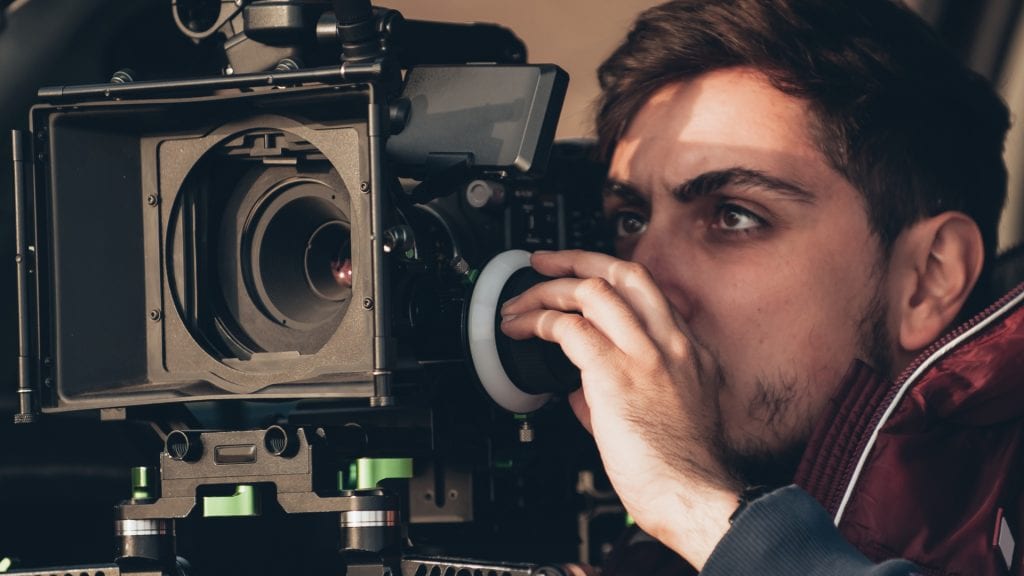
Whether you’ve been in the film industry for years or you’re about to distribute your first project, you’re probably familiar with the prevailing documentary distribution channels. Documentaries typically first premiere at film festivals or theatres. Then, DVD and Blu-ray distribution start a few months later. Documentaries eventually appear on video-on-demand channels, like Netflix and Amazon Prime, before finally making it to cable TV.
These channels have worked for years, but since most filmmakers follow the same process, their work doesn’t stand out as well as it should since theaters and festivals are saturated with documentaries.
One way to solve distribution issues is to use creative strategies that include documentary transcription. Transcription is a vital part of distribution because it helps make your documentaries marketable to a wider audience.
1. Create a synopsis more efficiently
A good synopsis grabs readers’ attention and, if written well, builds enough interest, so they want to watch the full documentary. Other types of filmmakers can refer to the script when they write the synopsis. In fact, sometimes these scripts have been available to filmmakers for months before the first day of filming starts. But if you film documentaries, you have to wait until after filming has wrapped to get a rundown of all the dialogue.
Start by creating a transcript of your completed documentary; use that to guide your synopsis creation process.
How to Order Captions or Transcript
- Go to Rev’s caption or transcription service page
- Upload your documentary film
- Order captions (transcript included), or just transcription
The benefit of transcription is you receive a file that captures all the dialogue you film. If you use a service like Rev, you don’t have to worry about background noise, the number of people speaking, or even accents.
Plus, you don’t have to manually transcribe or rely on an audio-to-text app that doesn’t capture the nuances of casual conversation and is often error-prone.
Creating A Synopsis
Once you have a transcript of your documentary, use it to create a synopsis.
- Identify keywords. These are words or phrases that relate to the core focus of your documentary. For example, if you’ve filmed a wildlife documentary, include keywords like “<<animal name>> preservation” or “<<animal name>> endangerment.” Use keywords in your synopsis so that when people search for these terms, they find your website or YouTube channel. Interestingly, 2018 research by Hot Docs found that 26% of documentary searches start on Netflix. Make it easy for subscribers to find it with keywords.
- Use details and quotes from your transcript. To get your audience interested in your documentary, include content that speaks to their interests. For example, use your transcript to find provocative quotes that will grab people’s attention. Start the synopsis with a surprising detail, an unusual fact, or a previously unknown statistic.
- Provide insights into the documentary. Your synopsis is where you can call attention to the main characters and the situations that influence them. This is what keeps the attention of your audience. With a transcript, you can find every instance of dialogue and incorporate it into the synopsis.
For every documentary film that you make, create a workflow that incorporates transcription. That way, the synopsis creation process is structured and efficient.
2. Make movie trailers more engaging
Trailers are only a few minutes long and are the first visual interaction audiences have with your documentary. The best way to capture and hold the attention of your audience — and investors — is to use scenes from the most interesting, exciting, and provocative parts of your documentary.
To find these scenes, share your transcript with your trailer editor, who can use it to create the right flow and narrative. The editor will use the transcript to summarize the story or subject you’re exploring so that it’s interesting and invites audiences to see the rest. If you use a transcript service like Rev, you can even add timestamps to your document, like in the following example.

As you can see, audio and text are synced so that when the editor clicks on a word, they’re taken to that part of the audio. This feature is an incredible timesaver since editors can jump to the exact spot they want in the transcript — they don’t have to keep replaying segments to find what they need. The timestamp feature is free when users are using the Rev API.
Once the trailer’s complete, add captions or foreign subtitles to make the video accessible to even more viewers.
- Open captions are embedded in the video, while closed captions can be turned on or off by the viewer. To be in compliance with the Americans with Disabilities Act (ADA), your trailer must include open or closed captions.
- If your trailer will be viewed on television, guidelines of the ADA state that closed captions are required. If your trailer will be available on other media — like video-on-demand that caters to an international audience — add foreign subtitles.
This way, it doesn’t matter if your trailer is watched on mute or by viewers who are deaf, hard of hearing, or speak a different language. With Rev, you can have your documentary translated from English into 17 different languages.
3. Speed up advertising and campaign planning
Another way to enhance your documentary distribution strategy is through advertising. Unlike traditional advertising where you buy ad space, with documentaries, you have the option to screen your doc at film festivals and other events. Because of the notoriety and guaranteed exposure popular film festivals offer, festival committees will want you to pitch to them.
Use your transcript to create your pitch deck, which should include the following:
- What the documentary is about
- Why you made it
- Who you hope to reach with it
- What you want to accomplish with it or what problem you want to solve through it
Segment the documentary by scenes to showcase how the documentary flows and how you guide audiences on the journey. Pull out quotes or sample dialogue. Use the transcript to help explain pivotal scenes.

Include your trailer with captions in the pitch deck, too. Check out this example of the trailer for the documentary Adios Amor – The Search for Maria Moreno. It includes burned-in open captions on the video. This approach simplifies the viewing experience for festival committees since they don’t have to actively turn on closed captioning; it’s already done for them.
With captions, your trailer can also be shared on social media to get attention and generate a following. In fact, “YouTube users watch video with auto-generated captions more than 15 million times per day.” With billions of users on platforms like Facebook, Instagram, and Twitter, social media is primed for documentary distribution to large audiences. Facebook auto-plays muted videos, so including captions is convenient for viewers who want to watch but can’t do so with sound.
4. Create accompanying educational materials for schools and universities
Documentaries set out to educate and inform audiences. This is why they’re a good option for educational screenings at schools and universities. This is also another way to expand distribution instead of relying on theatrical releases and film festivals.
You can even partner with a video-on-demand platform like Netflix through their educational screening program. Any of the documentaries listed below are available to educational programs and school classrooms that subscribe.

Whether you approach schools directly or get a listing on a video-on-demand service, use your transcription to simplify the creation of the print and digital material that will be shared. Create educational packages and course handouts that include information about the film and details about the interviewees and other participants.
These documents can include details about the scenes, people who participated, sample dialogue, and more. Your transcription also helps you organize all of the information from the documentary and extract the most interesting and relevant parts to share. For example, create questions based on scenes in the documentary to prompt discussion and enhance the learning experience.
For the digital content you share, like landing pages, transcription makes it easier to assemble the content you’ll need to create these pages. Most landing pages include a headline, a trailer, a synopsis, and director comments. Most of this information is available in your transcript.
Make documentary distribution work for you
Digital solutions like Rev make it possible to create a documentary distribution strategy that fits your needs. You don’t have to have a massive budget or give up the rights to your film to have it seen by millions of people. With transcription, you can save yourself hours of work, which you can then use to promote your documentary.
Rev even has features that help you while you’re on the go. If interviews with actors and people who’ve watched the documentary are part of your promotion strategy, use the automated transcription service. You receive an audio-to-text transcription in as little as five minutes. This content can be used on your website or social channels to attract even more attention to your documentary.
Your needs are varied, but Rev works with you to distribute your documentaries with flexibility.











